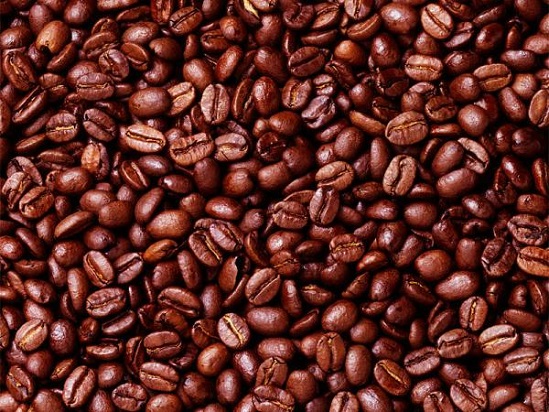Coffee prices Wednesday extended Tuesday’s sharp rally and posted 3-week highs. Coffee prices moved sharply higher this week on concerns that excessive dryness in Brazil and Vietnam will damage coffee crops and curb global production.
Somar Meteorologia reported Monday that Brazil’s Minas Gerais region received no rainfall or 0% of the historical average in the past week, the fourth consecutive week the area has received no rainfall.
Minas Gerais accounts for about 30% of Brazil’s arabica crop. Last Monday, Vietnam’s National Weather Agency said rainfall in Vietnam’s Central Highland, the main coffee-growing region, totaled 195.6 mm in the ten days from May 1, 41% below the long-term average.
Tight robusta coffee supplies from Vietnam, the world’s largest producer of robusta coffee beans, are a bullish factor. On March 26, Vietnam’s agriculture department projected that Vietnam’s coffee production in the 2023/24 crop year would drop by -20% to 1.472 MMT, the smallest crop in four years, due to drought. Also, the Vietnam Coffee Association said that Vietnam’s 2023/24 coffee exports would drop -20% y/y to 1.336 MMT. Vietnam’s General Department of Customs reported last Friday that Vietnam’s April coffee exports fell -19.5% m/m and -7% y/y to 152,073 MT.
There has recently been some bearish coffee export news. The International Coffee Organization (ICO) reported on May 3 that global Mar coffee exports rose +8.1% y/y to 12.99 million bags, and Oct-Mar global coffee exports were up +10.4% y/y at 69.16 million bags. Also, Cecafe reported last Monday that Brazil’s April green coffee exports surged +61% y/y to 3.9 million bags. Brazil’s exporter group Comexim, on February 1, raised its Brazil 2023/24 coffee export estimate to 44.9 million bags from a previous estimate of 41.5 million bags. Brazil is the world’s largest producer of arabica coffee beans.
A rebound in ICE coffee inventories from historically low levels is negative for prices. ICE-monitored robusta coffee inventories on February 21 fell to a record low of 1,958 lots, although they recovered to a 9-1/4 month high today of 4,620 lots. Also, ICE-monitored arabica coffee inventories fell to a 24-year low of 224,066 bags on November 30, but they recovered to a 14-month high Monday of 767,388 bags.
This past year’s El Nino weather event has been bullish for coffee prices. An El Nino pattern typically brings heavy rain to Brazil and drought to India, negatively impacting coffee crop production. The El Nino event has brought drought to Vietnam’s coffee areas this year, according to an official from Vietnam’s Institute of Meteorology, Hydrology, and Climate Change.
In a bearish factor, the International Coffee Organization (ICO) projected on May 3 that 2023/24 global coffee production would climb +5.8% y/y to 178 million bags due to an exceptional off-biennial crop year. ICO also projects global 2023/24 coffee consumption will rise +2.2% y/y to 177 million bags, resulting in a 1 million bag coffee surplus.
The USDA’s Foreign Agriculture Service (FAS), in its biannual report released on December 21, projected that world coffee production in 2023/24 will increase +4.2% y/y to 171.4 million bags, with a +10.7% increase in arabica production to 97.3 million bags, and a -3.3% decline in robusta production to 74.1 million bags. The USDA’s FAS forecasts that 2023/24 ending stocks will fall by -4.0% to 26.5 million bags from 27.6 million bags in 2022-23. The USDA’s FAS projects that Brazil’s 2023/24 arabica production would climb +12.8% y/y to 44.9 mln bags due to higher yields and increased planted acreage. The USDA’s FAS also forecasts that 2023/24 coffee production in Colombia, the world’s second-largest arabica producer, will climb +7.5% y/y to 11.5 mln bags.
Prices in Uganda
According to Uganda Coffee Development Authority, farmgate prices as of today Thursday, May 23, 2024, Kiboko (Robusta dry cherries) stand at Shs5,500-6,000; FAQ Shs11,000-12,000; Arabica Parchment Shs12,500-13,000 and Drugar Shs10,500-11,000.
Credit: Barchart





